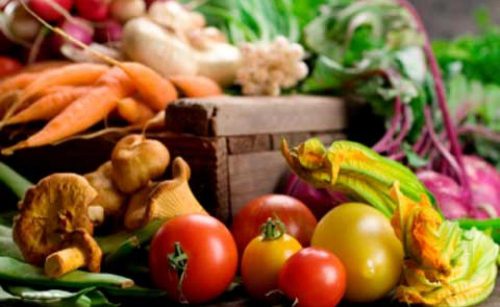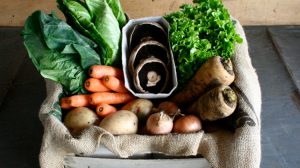India is the second largest producer of fruits and vegetables in the world next only to China. Horticulture development is currently constrained by poor marketing arrangements. The gap between prices received by the farmers and those paid by urban consumers is large, reflecting inefficient marketing arrangements. The huge production base offers India immense opportunities for export.This study estimates production trends, market efficiency and export competitiveness of vegetables in India and suggest measures to improve production, marketing and exports of Indian vegetables.
The study was conducted India as whole for production and export competitiveness and for marketing efficiency in the 8 states of India covering 20 crops. The study found that area under total vegetables cultivation is grown at the rate of 4.12% and production growth rates was 6.48%. Indian vegetables production depicted glorious past and expected promising future.
The most common marketing channel for majority of the crops is that Producer-Wholesaler-Retailer-consumer. The results further showed that the producer share in consumer rupee was highest in Punjab, Tamil Nadu and Manipur compared to Andhra Pradesh, West Bengal and Rajasthan. It varies from 46% to 74% in Andhra Pradesh, 26% to 60% in West Bengal, 33% to 60% in Rajasthan, 85% to 88% in Manipur 91% to 95% in Tamil Nadu and 100% in Punjab.
The study clearly shows that majority of the horticultural commodity markets are operating efficiently. The highest marketing efficiency found to be producer to consumer channel. Hence, government policies should promote direct marketing models for efficient horticultural marketing. The results showed that in most of the commodity cases marketing cost, marketing margin, transport cost, labour charges are adversely affecting marketing efficiency and open market price, volume of the produce handled and net price received are increasing marketing efficiency.
The trends of fresh vegetables show that its export quantity increased 18.3% and 22.2% during two periods respectively. The results show that Indian vegetables are huge potential for exports.The results show that for all vegetables the Nominal Protection Coefficient is lessthan 1 indicating they are competitive in the international markets. The study suggests that Indian government should give priority to vegetable production, processing and exports.
Source: ResearchGate




